Lavender
The lavender plant (Lavandula spp.) is a beautiful and fragrant herb that is commonly grown for its aromatic flowers and ornamental value. Here is some information about the lavender plant:
- Varieties: There are several species and cultivars of lavender available, each with its unique characteristics. The most commonly grown lavender species include Lavandula angustifolia (English lavender), Lavandula x intermedia (Lavandin), and Lavandula stoechas (Spanish lavender). Within each species, there are numerous cultivars with different flower colors, growth habits, and fragrance profiles.
- Appearance: Lavender plants typically have narrow, gray-green leaves and long, slender stems. The flowers are small and highly fragrant, arranged in spikes or clusters on top of the stems. The flowers come in various colors, including shades of purple, blue, pink, and white.
- Growing Conditions: Lavender thrives in sunny and dry conditions. It prefers well-draining soil that is not overly fertile. Lavender plants are adapted to drought conditions and do not tolerate excessive moisture or waterlogged soil. They are suitable for USDA hardiness zones 5-9, but specific varieties may have different hardiness ranges.
- Planting: When planting lavender, choose a location with full sun exposure and well-draining soil. Prepare the soil by removing weeds and adding organic matter, such as compost, to improve drainage. Space the plants at least 12 to 18 inches apart to allow for air circulation.
- Watering: Lavender is drought-tolerant once established and does not require frequent watering. Water newly planted lavender regularly to help establish the roots. Afterward, water sparingly, allowing the soil to dry out between waterings. Overwatering can lead to root rot and other problems.
- Pruning: Pruning lavender is essential to maintain a compact and bushy shape, as well as to promote better flower production. Prune the plants in early spring or after the flowering period by removing spent flowers and cutting back about one-third of the plant's height. Avoid cutting into woody stems as they may not regrow.
- Harvesting: Lavender flowers can be harvested when they are fully open but before they start to fade. Cut the flower stems just above the foliage. The harvested flowers can be used for crafts, potpourri, cooking, or making lavender-infused products.
- Pests and Diseases: Lavender is generally resistant to pests and diseases. However, some common issues include root rot caused by overwatering, fungal diseases in humid conditions, and certain pests like aphids and spider mites. Proper care, including good drainage and good air circulation, can help prevent these problems.
Remember to check the specific requirements of the lavender variety you choose, as different species and cultivars may have slightly different preferences. Lavender can be a wonderful addition to gardens, providing beauty, fragrance, and attracting pollinators.
In natural health, lavender is not a commonly used herb. Natural health primarily focuses on herbs native to China and the surrounding regions, and lavender is native to the Mediterranean region. However, lavender does possess properties that align with certain principles of natural health, and it has gained some recognition and use in modern natural health practices.
In natural health, lavender is often referred to as "Xun Yi Cao." It is considered to have a cool and acrid nature. Some of its potential therapeutic properties and uses in natural health include:
- Calming the Mind: Lavender is known for its relaxing and calming effects. It is believed to soothe the spirit, relieve stress, and promote better sleep. In natural health, it may be used to help calm the Shen (spirit) and alleviate symptoms of anxiety or restlessness.
- Harmonizing Qi: Lavender is thought to have a regulating effect on Qi (vital energy) in natural health. It may help promote the smooth flow of Qi, relieve Qi stagnation, and alleviate symptoms such as bloating, indigestion, or emotional tension associated with Qi disharmony.
- Clearing Heat and Toxins: In natural health, lavender is considered to have heat-clearing properties. It may help clear excess heat and toxins from the body. It could be used to support conditions associated with heat, such as sore throat, skin inflammation, or mild fever.
- Promoting Blood Circulation: Lavender may have mild blood-moving properties, according to natural health principles. It could be used to help improve blood circulation, relieve mild pain or discomfort, and reduce swelling or bruising.
It's important to note that the use of lavender in natural health is not as widespread or deeply rooted as some other herbs within the traditional system. Lavender is more commonly known for its aromatherapy and relaxation benefits in modern herbal practices.
Lavender nutritional benefits
Lavender is primarily known for its aromatic properties and therapeutic uses rather than its nutritional content. However, it does contain certain compounds that contribute to its potential health benefits. Here are some of the nutritional components and potential benefits associated with lavender:
- Essential Oils: Lavender flowers contain essential oils that give them their distinctive fragrance. These oils are rich in compounds such as linalool, linalyl acetate, and other terpenes. These compounds are believed to have relaxing and calming effects, promoting a sense of well-being.
- Antioxidants: Lavender contains various antioxidants, including flavonoids and phenolic compounds. Antioxidants help protect the body's cells from damage caused by free radicals, potentially reducing oxidative stress and inflammation.
- Anti-inflammatory Properties: Some studies suggest that lavender may possess anti-inflammatory properties. This could be beneficial in reducing inflammation in the body and potentially supporting conditions such as arthritis or inflammatory skin conditions.
- Antimicrobial Activity: Lavender has been found to exhibit antimicrobial properties, with potential activity against certain bacteria and fungi. This may contribute to its traditional use as a natural remedy for minor skin infections or as an ingredient in topical preparations.
- Relaxation and Sleep Aid: The aroma of lavender has been associated with relaxation, stress reduction, and improved sleep quality. Inhaling lavender essential oil or using lavender-infused products may help promote relaxation, relieve anxiety, and improve sleep patterns.
In Person With Heshoutang Natural Health Members
With Heshoutang Natural Health Online Members
Fill Out the Questionnaire by yourself
Lavender pharmacological application
Lavender (Lavandula spp.) has been studied for its pharmacological properties and has shown various potential applications. Here are some of the pharmacological applications associated with lavender:
- Anxiolytic (Anti-Anxiety) Effects: Lavender has been traditionally used for its calming properties, and scientific studies suggest that it may have anxiolytic effects. Inhalation or oral administration of lavender oil or extracts has shown potential in reducing anxiety symptoms and promoting relaxation.
- Sedative and Sleep Aid: Lavender has been used for its sedative properties and as a sleep aid. Inhalation or oral administration of lavender oil or extracts may help improve sleep quality, reduce insomnia, and enhance relaxation before sleep.
- Anti-Inflammatory Effects: Lavender has demonstrated anti-inflammatory properties in preclinical studies. It may help reduce inflammation and related symptoms, which could be beneficial in conditions such as arthritis or inflammatory skin conditions.
- Antimicrobial Activity: Lavender has shown antimicrobial effects against certain bacteria and fungi. It may inhibit the growth of microorganisms, potentially contributing to its traditional use in topical applications for minor skin infections or wound healing.
- Pain Relief: Lavender has been explored for its analgesic (pain-relieving) effects. Some studies suggest that lavender oil or extracts may help alleviate mild pain, such as headaches or menstrual cramps, when applied topically or inhaled.
- Gastrointestinal Effects: Lavender has been investigated for its potential gastrointestinal effects. It may have antispasmodic properties, helping to relax smooth muscles in the digestive system and potentially relieving symptoms of digestive disorders such as bloating or abdominal discomfort.
- Neuroprotective Effects: Lavender has shown some neuroprotective properties in preclinical studies. It may help protect brain cells from damage and oxidative stress, potentially contributing to its use in supporting brain health.
When you subscribe to the blog, we will send you an e-mail when there are new updates on the site so you wouldn't miss them.

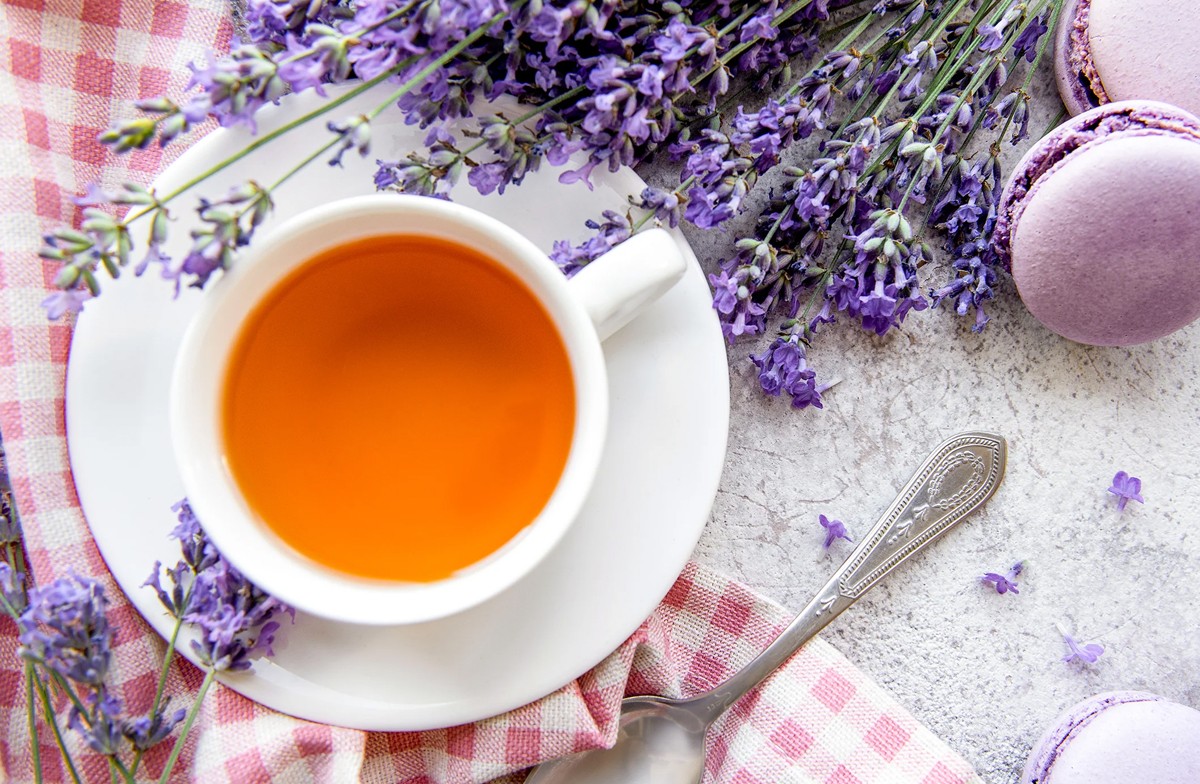
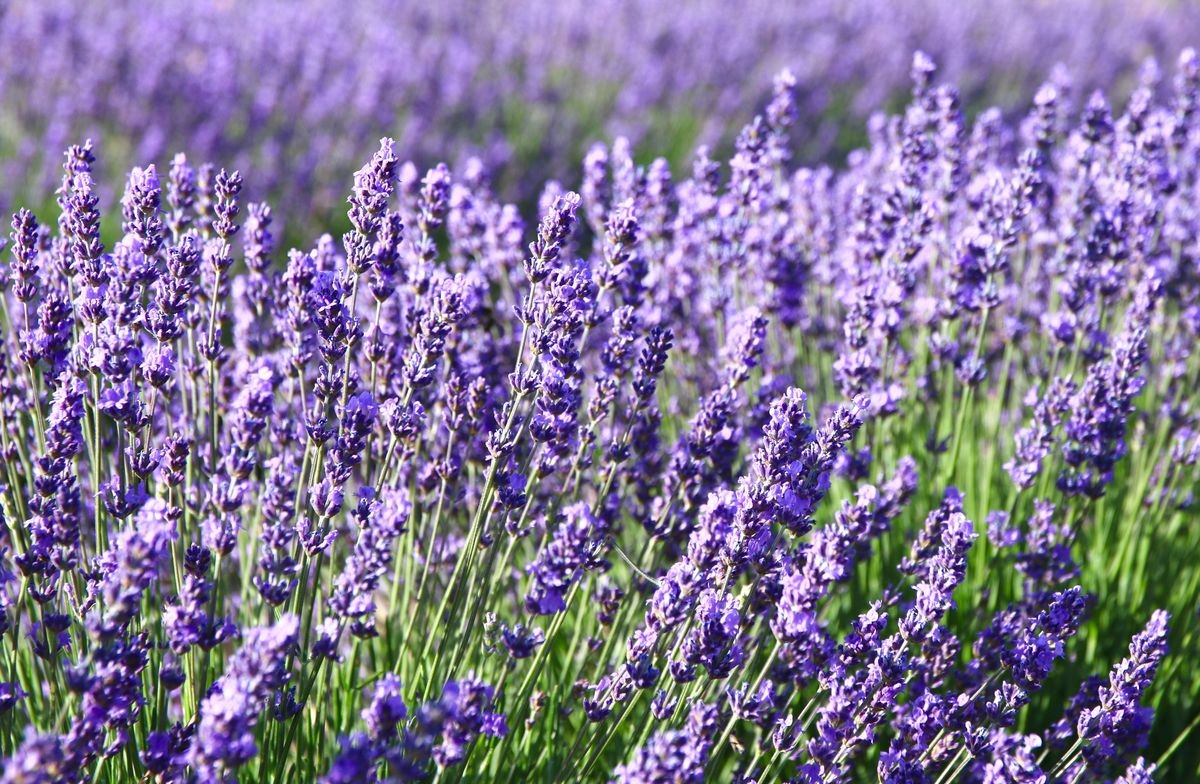
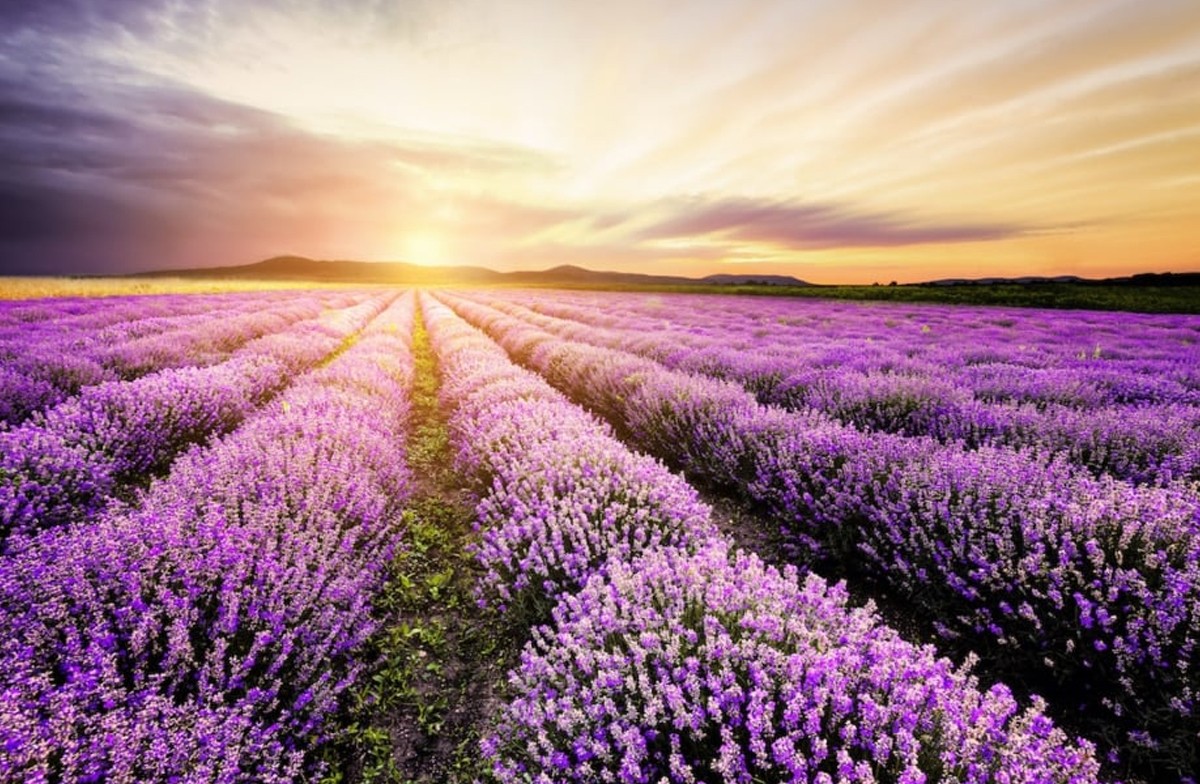
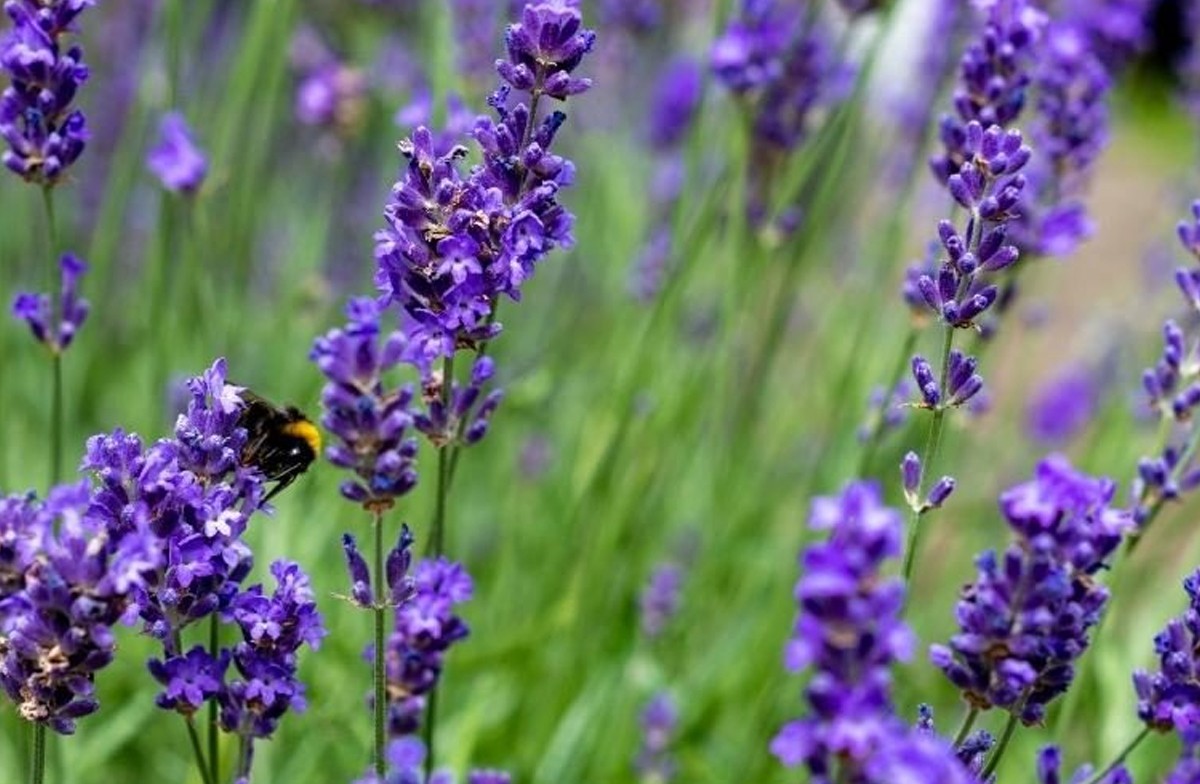

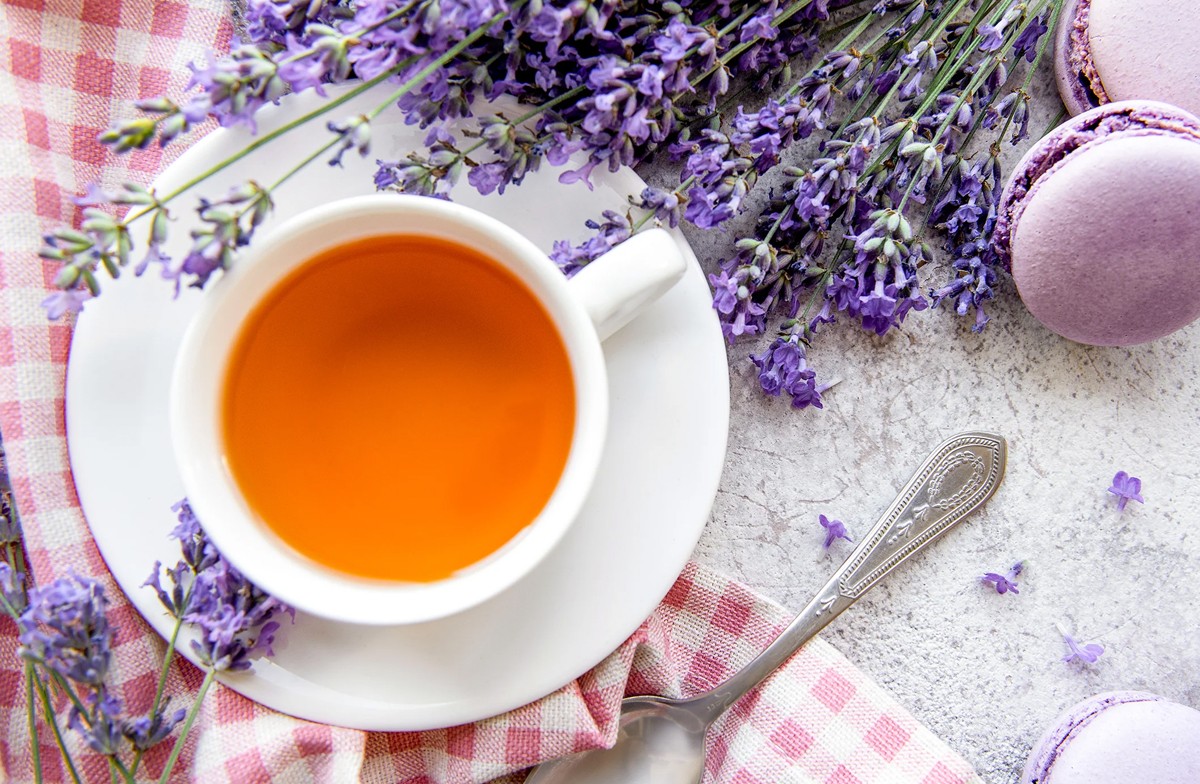












Comments